When a new drug hits the market, it doesn’t just cost a lot - it costs insane amounts. A single month’s supply of a brand-name medication can run you $1,000 or more. Then, out of nowhere, a generic version appears. Same active ingredient. Same effectiveness. Same side effects. But the price? It drops 70%, 80%, sometimes even 90%. And it happens overnight.
This isn’t magic. It’s not a sale. It’s not a mistake. It’s the result of something called first generic entry - and it’s the single biggest force that breaks monopolies in pricing. Whether it’s a pill, a software license, or a smart TV, the same pattern repeats: when competition arrives, prices collapse.
How a Generic Entry Changes Everything
Imagine you’re the only company selling a life-saving drug. No one else can make it. You own the patent. You set the price. Customers have no choice. That’s called a monopoly. And monopolies don’t care about affordability - they care about profit.
Then, the patent expires. Or someone figures out how to reverse-engineer it. Suddenly, another company can legally make the exact same drug. They don’t spend millions on clinical trials. They don’t pay for advertising campaigns. They just copy the formula and start producing it in bulk.
The result? The first generic entrant launches at 20-40% of the original price. And that’s just the start. Within six months, prices fall an average of 76%, according to the Congressional Budget Office. Why? Because now there’s a choice. And customers will always pick the cheaper option - especially when it works just as well.
It’s Not Just Drugs - It’s Everywhere
You think this only happens in pharmacies? Think again.
In 2001, Apple launched the iPod for $399. It was sleek. It was cool. And it had no real competition. Within three years, dozens of companies started making MP3 players for under $100. Apple didn’t disappear - but it had to slash prices to stay relevant. Today, you can buy a basic music player for $20.
The same thing happened with TVs. Sony’s Bravia 4K TV launched at $1,799 in 2015. A year later, after competitors entered the market, the same model dropped to $899. Not because Sony gave up. Because they had to.
Even software follows this pattern. Oracle’s database software used to cost companies hundreds of thousands of dollars in licensing fees. Then came PostgreSQL - a free, open-source alternative. Companies didn’t need to pay a dime to start using it. Performance? Nearly identical. Support? Slower at first, but now just as good. Today, 68% of enterprises that switched report saving over 70% on database costs.
Why Do Generic Entrants Win So Fast?
It’s not just about being cheaper. It’s about timing, timing, and timing.
First generic entrants don’t wait for perfection. They don’t need to. They only need to be good enough. Studies show that early generic versions deliver 80-90% of the original product’s functionality. That’s enough to convince customers to switch - especially when they’re tired of paying premium prices for features they don’t even use.
They also ride on existing infrastructure. Instead of building their own servers, they use Linux and Apache. Instead of hiring expensive developers, they tap into global talent pools in countries where labor costs are lower. That cuts their production costs by 25-40% before they even start selling.
And here’s the kicker: they often use a “land-and-expand” strategy. Offer the core product for free or at 80% off. Let users get hooked. Then upsell them on premium features - support, integrations, cloud hosting - at market rates. MongoDB did this perfectly. They gave away their database for free. Then charged for the cloud version. Now they own 15% of the market that Oracle once controlled.
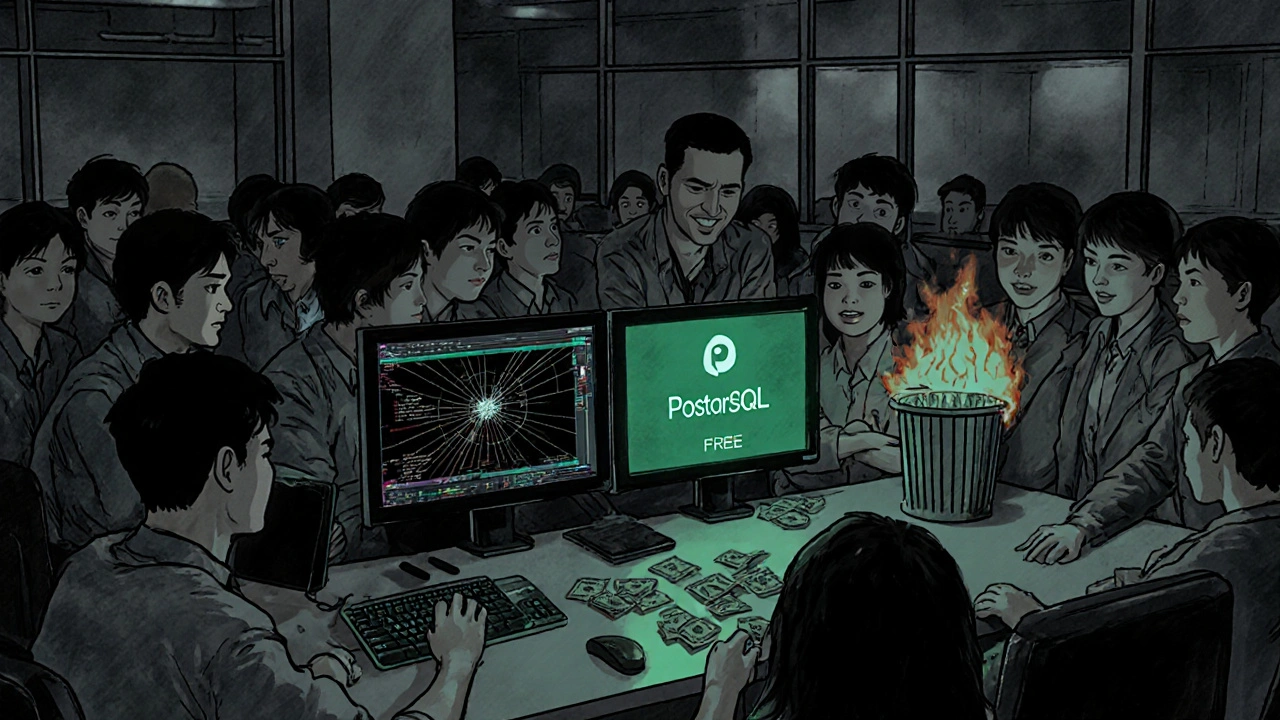
What Happens to the Original Brand?
The company that made the original product doesn’t just sit back and lose money. They have to react - fast.
Some try to fight. They add “exclusive features” or lock customers into long-term contracts. But customers see through it. They know the core product is the same. They’re not paying for innovation - they’re paying for inertia.
Others pivot. Microsoft did this with Azure SQL Database. When competitors started offering cheaper cloud alternatives, Microsoft switched from fixed licenses to usage-based pricing. Suddenly, you only paid for what you used. Prices dropped 35% for mid-sized businesses. It wasn’t a loss - it was a survival move.
Most successful companies now accept that pricing power is gone. They can’t charge $10,000 for software when someone else offers the same thing for $1,000. So they focus on service, support, and reliability. They become the trusted partner, not the price-maker.
The Hidden Cost of Waiting
Companies that delay responding to generic entry don’t just lose sales - they lose credibility.
PTC’s research shows that a product launch delayed by 9-12 months can cost 50% of its expected revenue. Why? Because by the time you react, customers have already moved on. They’ve tested the alternative. They’ve trained their team. They’ve signed contracts. Reversing that is hard.
And it’s not just about money. It’s about perception. If your product is seen as “overpriced” or “out of touch,” you become the villain. Even if your product is better, people won’t give you a second chance.
That’s why Fortune 500 companies now have formal processes to evaluate generic alternatives within three months of launch. In 2018, only 32% did this. Now it’s 67%. They know the clock is ticking.
What Should You Do If You’re a Customer?
If you’re buying software, medicine, or tech - wait. Don’t rush to the first version. Wait for the generic.
Here’s what to look for:
- Is the active ingredient or core function identical?
- Has it been used by at least 100 other companies or users?
- Are there reviews from real users, not just marketing?
- Is support available? (Many generics now offer 24/7 support - just slower at first)
- Will you need to retrain staff? (Most generics require 20-30% more setup time - but pay for themselves in 6-9 months)
On Reddit, a sysadmin wrote: “Switched from Oracle to PostgreSQL. Saved 78% on licensing. Performance? Better than before.” That’s not rare. It’s normal.
On G2, 63% of users who switched to a generic alternative gave it 4.5 stars or higher - not because it was perfect, but because it saved them money without breaking anything.

What About Quality? Is Generic Really Safe?
Yes. And here’s why.
In pharmaceuticals, the FDA requires generics to prove they’re bioequivalent - meaning they deliver the same amount of active ingredient into your bloodstream at the same rate as the brand name. They’re not “weaker.” They’re identical.
In software, open-source alternatives like PostgreSQL, Linux, and Apache are used by Google, Netflix, and Amazon. If they’re good enough for them, they’re good enough for you.
Yes, early versions might have rough edges. Documentation might be sparse. Support might take longer. But within 12-18 months, those gaps close. Communities fix bugs. Contributors improve features. The product becomes more reliable than the original.
The real risk isn’t quality. It’s fear. Fear of change. Fear of trying something new. But history shows: the fear costs more than the switch.
The Future Is Faster
The time between a product launch and its first generic entry used to be 18 months. Now it’s six. And it’s getting faster.
Cloud-native tools, open-source frameworks, and global developer networks have made it easier than ever to copy, adapt, and launch. ARK Invest predicts that by 2027, open-source alternatives will capture 35% of the enterprise software market - up from 18% today.
Regulations are helping too. The EU’s Digital Markets Act forces companies to make their products interoperable. That means switching costs drop by 40-50%. No more vendor lock-in. No more price gouging.
And customers? They’re done paying for monopolies.
Final Thought: Prices Drop Because You Have Power
Price drops at launch aren’t a flaw in the system. They’re proof that the system works.
When you have options, companies can’t charge what they want. They have to earn your money. That’s not bad for consumers - it’s how markets stay healthy.
Next time you see a product suddenly drop in price, don’t think it’s a sale. Think: someone else just broke the monopoly.
You didn’t need to ask for it. You didn’t need to protest. You just needed to wait. And when the first generic arrived - you were ready.
Why do generic drugs cost so much less than brand-name drugs?
Generic drugs cost less because they don’t need to repeat expensive clinical trials or pay for massive marketing campaigns. The original company spent years and hundreds of millions developing and testing the drug. Generic manufacturers only need to prove their version works the same way. That cuts their costs by 80-90%, and they pass those savings to customers.
Is a generic product really as good as the original?
In most cases, yes. For medications, regulators require generics to match the original in dosage, strength, safety, and effectiveness. In software, open-source alternatives like PostgreSQL or Linux match 80-90% of the original’s functionality - and often outperform it in speed or scalability. The difference isn’t in quality - it’s in branding and support.
How long does it take for prices to drop after a generic enters the market?
Prices begin dropping immediately - sometimes on day one. Within three months, the first generic captures 25-35% of the market. By six months, average prices fall by 70-80%. After a year, multiple competitors enter, and prices stabilize at 10-20% of the original cost.
Do generic alternatives have worse customer support?
Initially, yes - but not for long. Early generic products often rely on community forums and documentation. But within 12-18 months, most build professional support teams. Many now offer 24/7 support. In fact, Spiceworks found that response times for generic vendors are now within 15% of the original brand’s.
Should I wait to buy a new product until a generic version comes out?
If you don’t need the latest features right away, absolutely. Waiting 6-12 months can save you 70-90% of the cost. Most generic versions are stable, well-reviewed, and fully compatible. You’ll get the same performance without the premium markup. Only buy early if you need exclusive features or urgent support.
Why do companies still sell expensive products if generics are so much cheaper?
Because they can - until they can’t. Companies charge high prices when they have no competition. But once generics enter, they’re forced to adapt. Some pivot to service-based models. Others focus on niche markets. A few just fade away. The market rewards those who listen - not those who cling to old pricing.


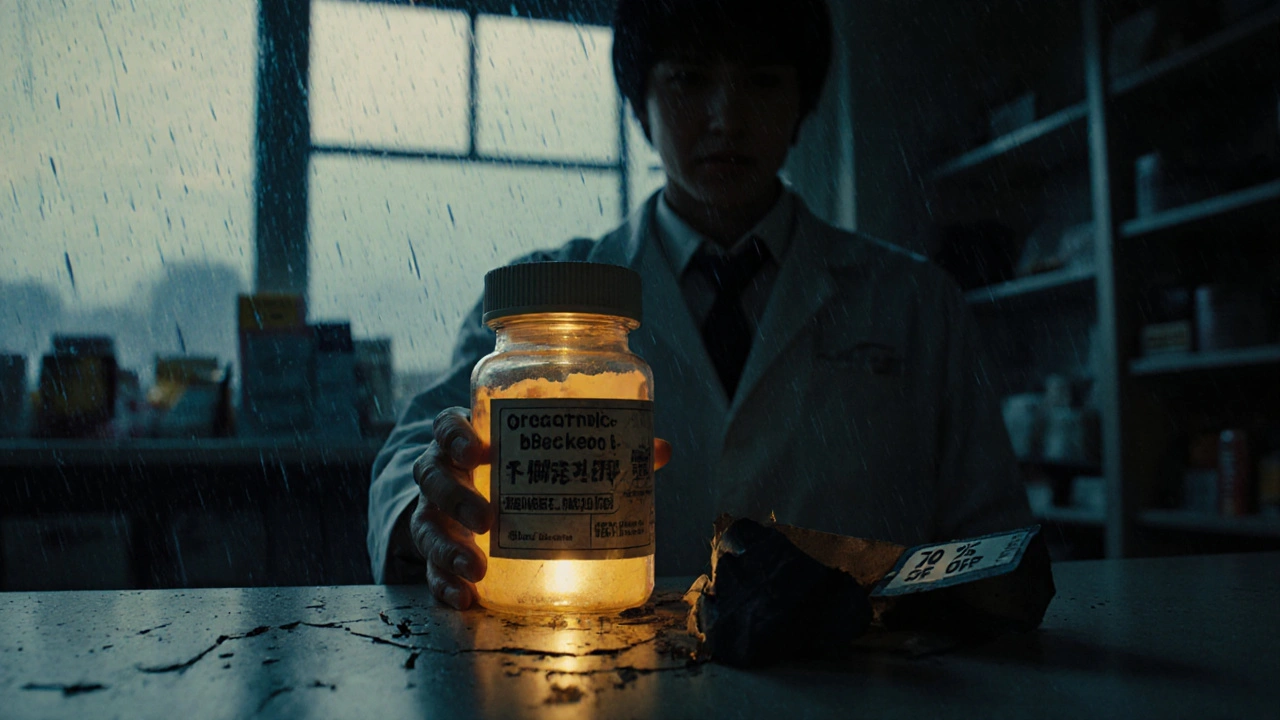

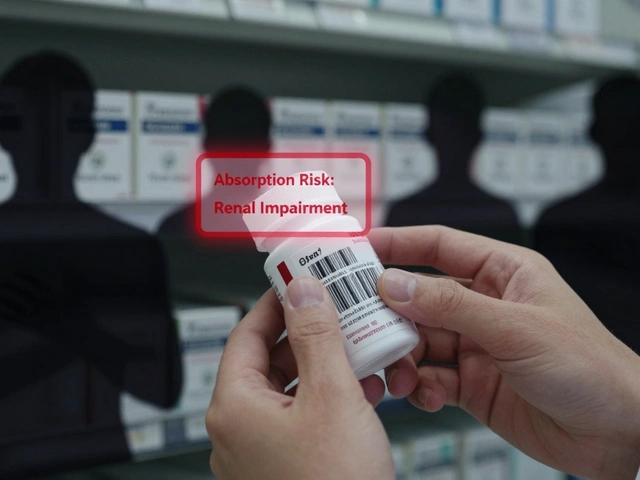



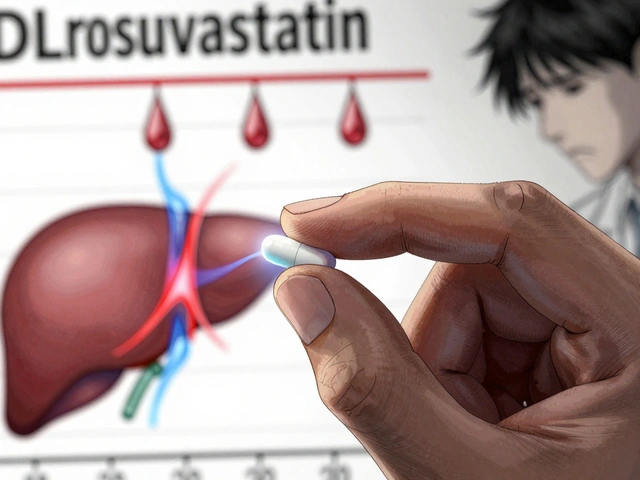
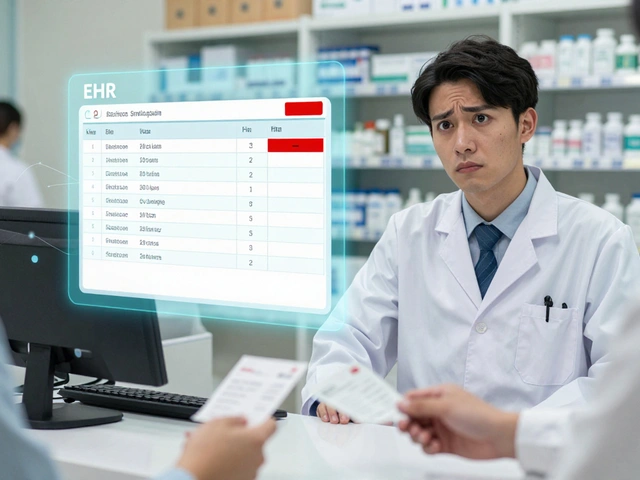
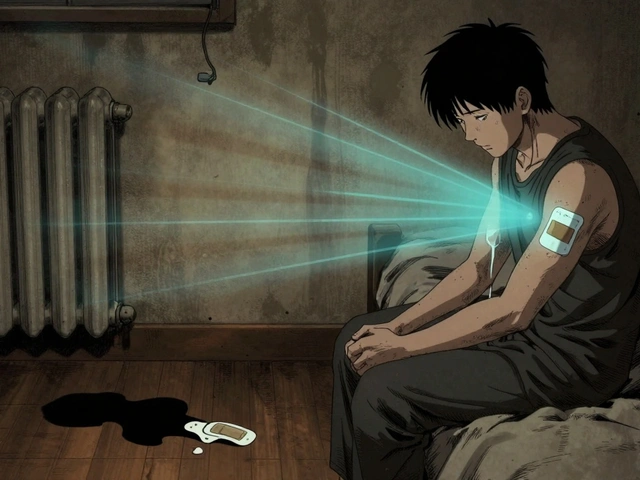
Iska Ede
18 Nov 2025 at 02:47Oh wow so the market actually works?? Who knew?? 🤡
Turns out when you stop letting corporations charge $1000 for a pill that costs 50 cents to make, people start breathing again.
Who woulda thought competition = lower prices??
Next up: why do airfare prices drop when two airlines fly the same route??
Wait no don't tell me - it's because of capitalism??
Oh wait that's not a surprise at all. My bad.